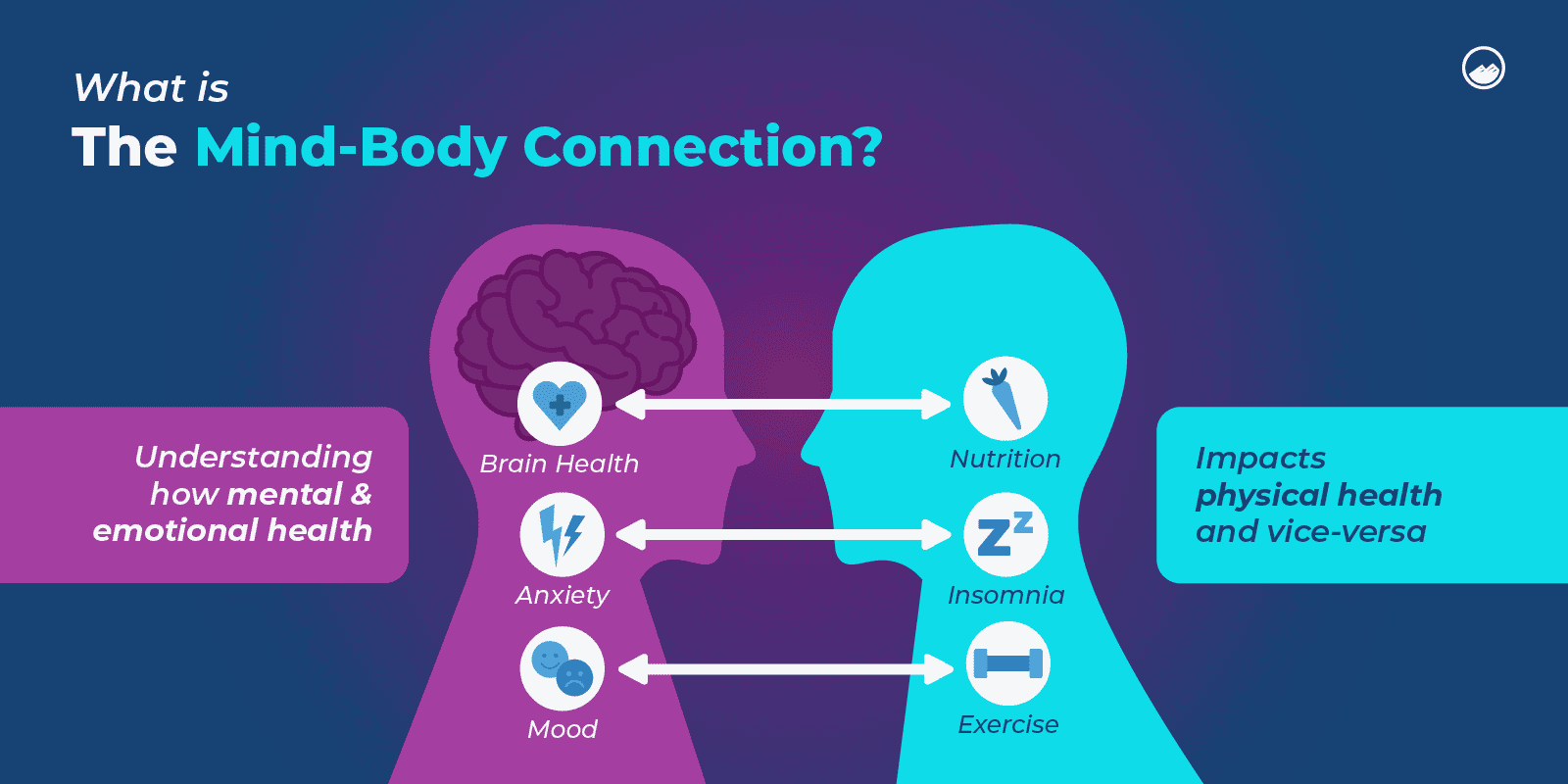Mind-Body Connection: Why Integrated Care Is the Future of Therapy
The connection between the mind and body has long been recognized in medicine and therapy, yet traditional treatment models often separate mental and physical health care. Integrated care bridges this divide, addressing both aspects simultaneously for holistic wellness.

With growing research on how mental states affect physical health and vice versa, integrated therapy is gaining traction as the future of treatment. This approach not only improves outcomes but also fosters a deeper understanding of the interconnected nature of health. Here, we explore the benefits of integrated care, its applications, and why it’s redefining the landscape of therapy.
The Foundations of Integrated Therapy
Integrated care is rooted in the principle that emotional and physical health are deeply intertwined. Stress, anxiety, and depression can manifest physically, contributing to ailments such as chronic pain, cardiovascular issues, and weakened immunity. Conversely, physical conditions like diabetes or cancer often lead to psychological challenges, including depression or anxiety.

This holistic approach combines disciplines such as psychotherapy, nutritional counseling, physical therapy, and mindfulness practices. By addressing all facets of well-being, integrated care helps patients achieve more balanced and sustainable health outcomes.
Key Components of Integrated Care

- Collaboration Across Disciplines:
Psychologists, physicians, dietitians, and physical therapists work together to create comprehensive treatment plans. - Personalized Treatment Plans:
Each individual receives tailored interventions that consider their unique physical, emotional, and social needs. - Focus on Prevention:
Integrated therapy emphasizes preventive care, addressing root causes rather than just symptoms.
Benefits of the Mind-Body Connection in Therapy
1. Improved Mental and Physical Health Outcomes
Patients receiving integrated care often experience faster recovery rates and fewer relapses. For example, combining cognitive-behavioral therapy (CBT) with physical exercise has been shown to reduce symptoms of depression and anxiety more effectively than either approach alone. Similarly, incorporating stress-reduction techniques like yoga or meditation into chronic pain management can lead to better outcomes.
2. Reduction of Stigma in Mental Health

When mental health care is integrated with physical health services, it becomes more accessible and normalized. This reduces the stigma often associated with seeking psychological support. Patients are more likely to discuss emotional concerns when they are seamlessly addressed alongside physical conditions.
3. Cost-Effective Treatment
Integrated care models reduce the need for multiple appointments across different providers, saving time and money. By addressing multiple issues in one setting, this approach lowers healthcare costs for both patients and providers.
4. Enhanced Patient Engagement

Patients are more likely to adhere to treatment plans when they understand the connection between mental and physical health. Integrated care fosters patient empowerment by providing education on how lifestyle changes, emotional well-being, and physical health interact.
Applications of Integrated Therapy in Various Settings
1. Primary Care Clinics
Integrated models are increasingly adopted in primary care settings, where mental health professionals collaborate with general practitioners. This setup allows for early detection and intervention for conditions like depression, anxiety, or stress-related illnesses.
2. Chronic Illness Management
Patients with chronic illnesses such as diabetes, arthritis, or fibromyalgia often benefit from integrated therapy. Addressing the psychological impact of living with a long-term condition improves adherence to treatment and overall quality of life.
3. Trauma and Stress Recovery
Trauma-informed care often employs integrated practices, combining psychotherapy with somatic techniques like deep breathing or progressive muscle relaxation. This dual approach helps patients process emotional trauma while addressing its physical manifestations.
4. Workplace Wellness Programs
Many organizations are incorporating integrated care into their wellness initiatives, recognizing that employee mental health impacts productivity. Offering services like counseling, fitness programs, and stress management workshops promotes a healthier and more engaged workforce.
The Science Behind the Mind-Body Connection
Research underscores the biological mechanisms linking mental and physical health. For instance, chronic stress activates the hypothalamic-pituitary-adrenal (HPA) axis, leading to elevated cortisol levels. Over time, this can result in conditions like hypertension, gastrointestinal issues, and impaired immunity. Conversely, regular physical activity boosts endorphin production, improving mood and reducing symptoms of anxiety and depression.
Emerging fields like psychoneuroimmunology further highlight the interconnectedness of the mind and body. Studies show that mindfulness practices can modulate inflammatory markers, while positive mental states enhance recovery rates from surgery or illness.
Challenges and Opportunities in Integrated Care
While the benefits of integrated therapy are evident, challenges remain in its widespread adoption. These include:
- Training Needs: Healthcare providers require additional training to adopt an integrated approach effectively.
- Systemic Barriers: Fragmented healthcare systems often lack the infrastructure for interdisciplinary collaboration.
- Access Issues: Integrated care may be less accessible in underserved areas due to resource limitations.
Despite these hurdles, advancements in telehealth and digital tools offer promising solutions. Virtual platforms enable coordinated care across specialties, increasing access and convenience for patients.
The Future of Therapy: Embracing Integration

As the understanding of the mind-body connection deepens, integrated care is poised to become the standard in therapeutic practices. This shift represents a move toward treating individuals as whole beings rather than a collection of symptoms. By addressing the interplay between emotional and physical health, integrated therapy offers a more compassionate and effective path to well-being.
Conclusion
Integrated care is revolutionizing the field of therapy by bridging the gap between mental and physical health. By recognizing the interconnectedness of the mind and body, this approach provides comprehensive and personalized care that addresses the root causes of health challenges. Whether managing chronic illness, recovering from trauma, or enhancing overall wellness, integrated therapy offers a pathway to lasting health.
What are your thoughts on the mind-body connection in therapy? Share your experiences in the comments, and visit our website for more insights into holistic health practices!

Leave a Reply